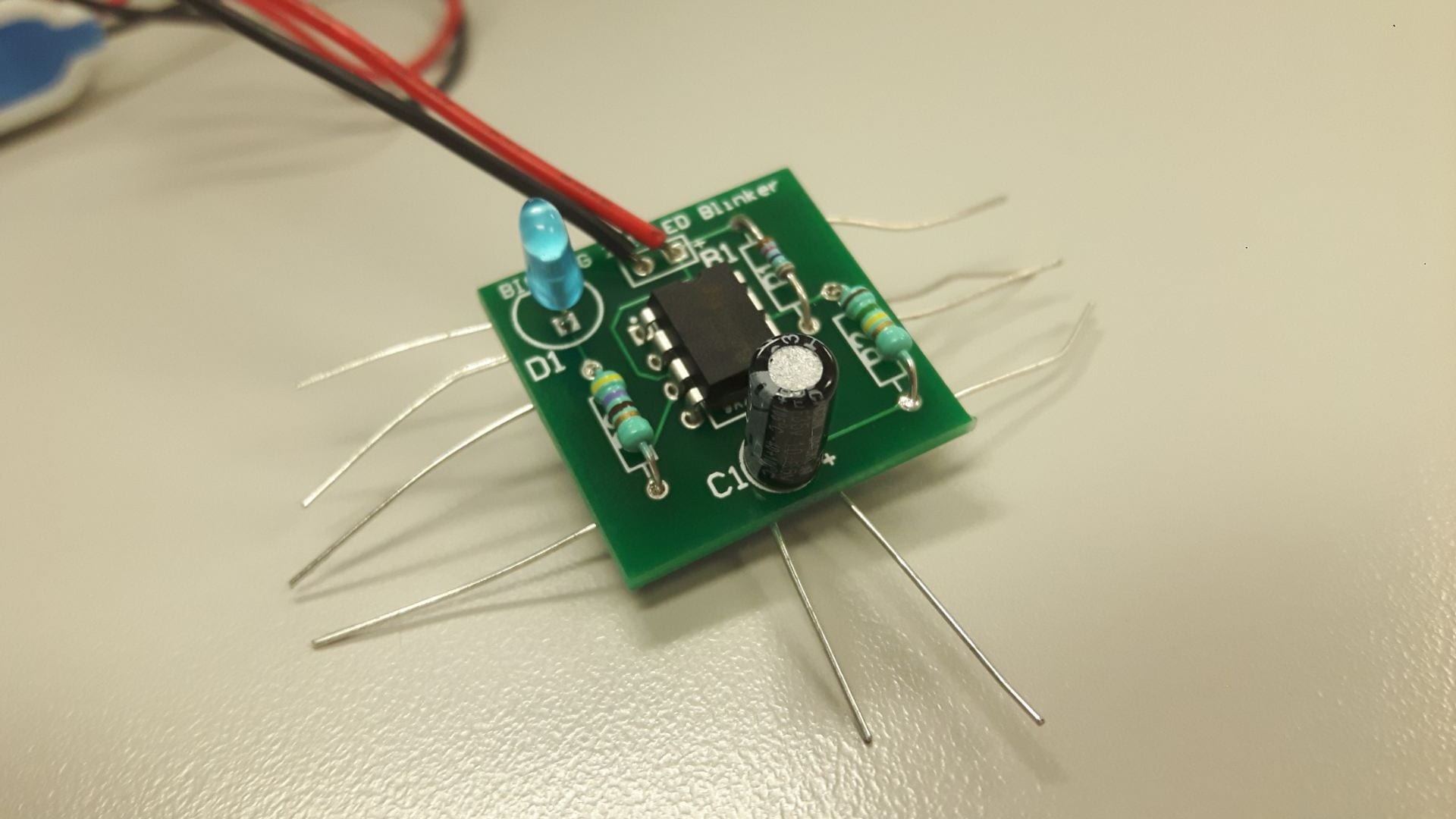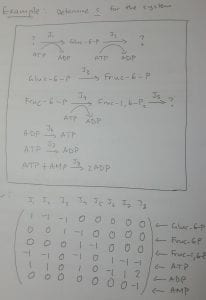It’s been 8 weeks since the start of Semester Two and what a tumultuous 8 weeks they’ve been. On the first Monday back after mid-semester break, we had what I considered to be the hardest multi-choice question test I’ve ever taken. In high school, I thought ‘hardest’ and ‘multi-choice’ were words that would never go together but don’t be deceived… if you’ve taken any of the core first-year papers this semester, you know that just because the answer is in front of you doesn’t mean you don’t have to find it. At the same time, biomedical engineering has become less about its namesake and more about learning soft skills that will help you immensely as a biomedical engineer. That’s not to say we don’t learn anything technical per se – we have 2 3-hour labs each week for 2 different courses and they are absolutely hands-on where you learn by making, doing, and experimenting. Not to mention a third lab (this one’s fortnightly) that involves going to an entirely different campus. Even though you still do 4 courses, there are only 3 exams. “A course that doesn’t have exams?”, you say. “That’s a dream come true!”. Actually, no. 100% of your grade for this particular course depends on your work throughout the entire semester. This is the course that most heavily focuses on soft skills, so there is a lot more writing than calculating which at least half of you should have come to accept after writing a few engineering reports yourselves.
If you’ve made it this far, congratulations, I now give you permission to leave. But if I’ve piqued your interest and you want to know more about semester 2 BME courses, keep reading.
Firstly, we have MEDSCI 142. Get ready to hear hundreds of first-years clap at the end of every lecture… again (BIOSCI 107 habits never die). This paper is about organ systems, all 7 of them – nervous, cardiovascular, endocrine, reproductive, renal, musculoskeletal, and digestive. And not just of humans, but of most other mammals as well. Every 2 weeks, you travel to Grafton campus for a 3-hour lab that raise your cortisol levels just enough to make it stressful and enjoyable at the same time. Some of them include animal dissections but don’t worry, they’re optional. There’s a multi-choice quiz at the end of each lab which covers everything you would have learnt in the past 2 and a half hours. They’re pretty easy, assuming you actually paid attention during the lab. Much like BIOSCI 107, MEDSCI 142 is packed full of content. But unlike BIOSCI 107, this course requires you to not only memorise all those names, diagrams, pathways and definitions but to also understand how they all fit together as a system, hence the name of the course being “Organ Systems” (duh!). I know I’ve talked about understanding what you learn in my previous blog post, but nowhere is this more important than in 142. You simply cannot expect to even pass without having some understanding of what goes on in your body. When it all clicks, and you actually come out with a decent grade for one of the hardest tests you’ve ever taken in your life, that just feels amazing. This course is also famous for being one of the most organised on campus. You’re guaranteed to get your marks back within days for every single quiz or test and there are 30 pages (out of 300) in the coursebook just for explaining how 142 works.
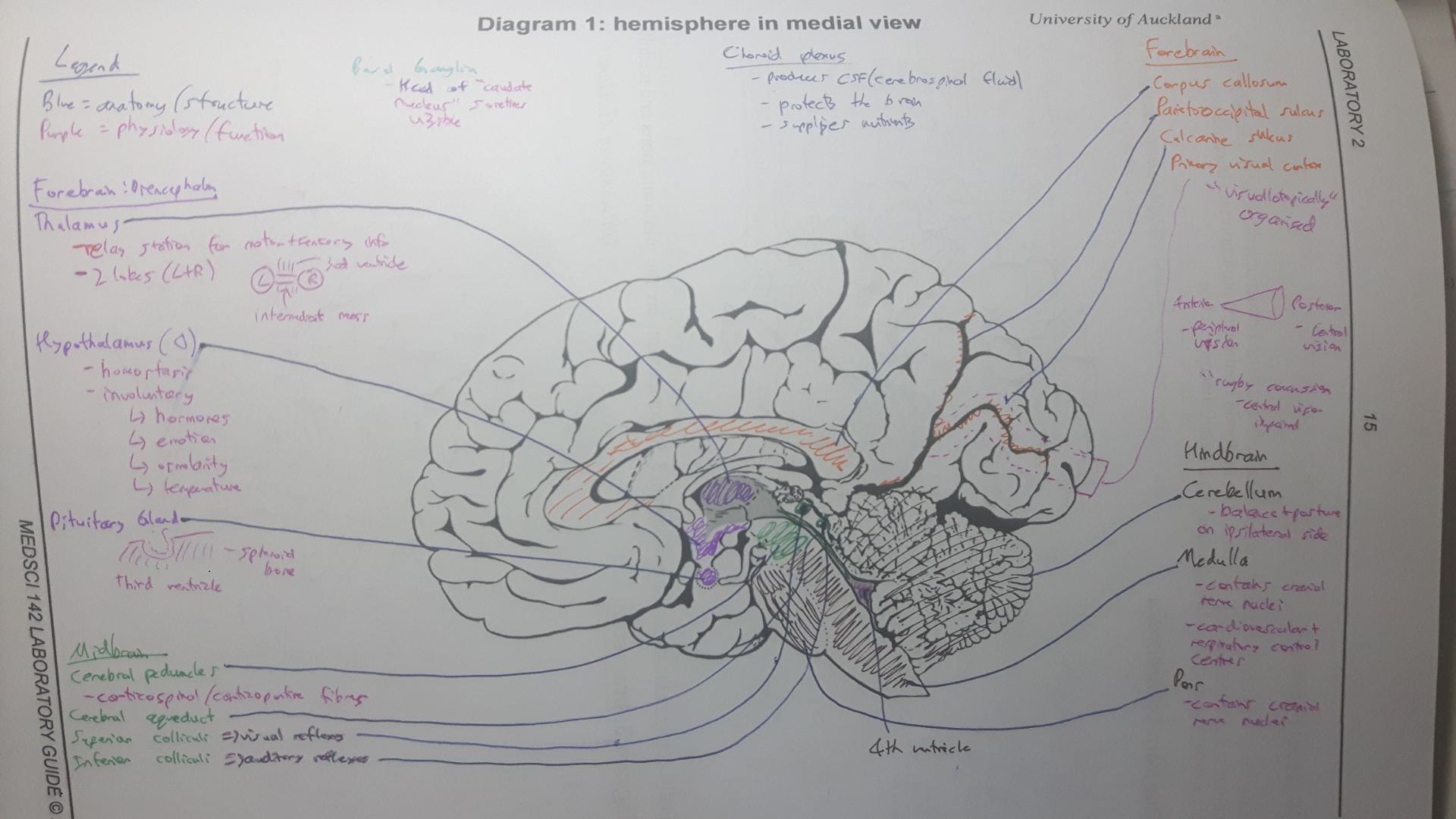
ENGGEN 204 is the polar opposite of MEDSCI 142. I mean, the 2 courses aren’t even in the same faculty. 204 is like the second-year version of 115 without the trusses or concept design projects but not without the underlying principles of teamwork, communication and project management from 115. They call this one a GPA-booster because a lot of what is taught is common sense to most people. It’s just that there are some in this world that need to be reminded that what they build can have ethical and cultural consequences. I like to call this course “How to be a good human being 101” because your assignments, should you choose to accept them, involve working in large teams, presenting as a group on a topic of your choice, and giving feedback on the work of your peers. These things require good communication, teamwork, and writing skills which you develop as you progress through 204 with background knowledge provided during lectures. Yes, background knowledge. This course has no exam, which is another reason why it’s called a GPA-booster.
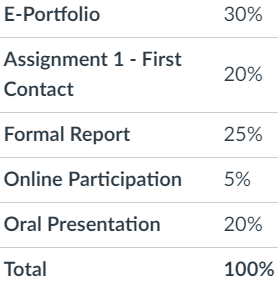
BIOMENG 241 is probably the most appropriately named course (Bioinstrumentation and Design) because you do exactly 2 things: bioinstrumentation and design. The first part is a continuation of ELECTENG 101 and has a lot to do with operational amplifiers and their different configurations. Go back and listen to good ol’ Gerard’s sweet voice at 2.5x speed to nail down op-amps and get ready for BME. Each week, we have a 3-hour lab that gets us tinkering with resistors, capacitors, breadboards, wave generators, and other cool electronics I can’t quite remember the name of. The weekly assignments can be somewhat of a pain because of how hard some of the questions can be, but I’m cautiously optimistic that suffering through them now will mean less suffering before and during the exam. The other part is more about how to do engineering design and how to do it effectively. We learn about various methods to rapidly generate ideas, systematically eliminate some, and iterate upon others based on the requirements of your clients and the specifications that you would have agreed upon with them. The merging of bioinstrumentation and design occurs in the design project where you work in teams of 4-5 to design and build a device that measures the alcohol concentration in your breath for pub-goers. You literally cannot do this project without having learnt the circuit theory and design principles covered in class, which is why I think it’s such a great example of a bridge that connects the seemingly mundane facts taught in lectures to a real-life scenario.
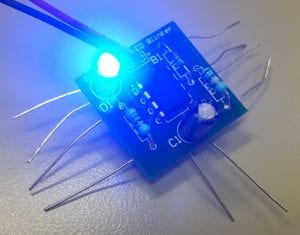
Lastly, BIOMENG 261. This is probably my favourite course this semester because it’s basically chemistry and math combined. I loved chemistry in high school and math has always been an “integral” part of my life. So, seeing equilibrium equations that describe enzyme kinetics get turned into ODEs and matrices that can then be modelled on a computer absolutely blew my mind. Learning that continuous processes such as protein synthesis and metabolic pathways can be stopped at any time, taken apart, put back together in different configurations, played back, and used to predict the future behaviour of biomolecular systems has been the highlight of everything I’ve learnt this semester. I am in awe of the field of mathematical physiology. And like 241, 261 lets you apply your knowledge in a real-world setting, in this case, a laboratory. We spend a lot of time micro pipetting and using funky machines and software to measure things such as light absorbance and DNA fragments. There are 3 labs worth 10% each which depend on how well you write lab reports, so not only do you learn valuable experimental techniques, you also use your report-writing skills (which should be superb by now) to fulfil a third of this course’s requirements.
And that’s Semester 2 in a fairly long nutshell. I’ve enjoyed this semester’s courses more so than last semester’s and if you have any doubts about BME, trust me, it gets better. If you want to learn more about any of these courses or anything BME/engineering/life related, my details are below. And to the person that came up to me at Courses and Careers Day and said they loved to read my blog posts, this sentence is for you.
– Nicholas
Email: nkon918@aucklanduni.ac.nz
Facebook: www.facebook.com/nicholas.kondal
LinkedIn: www.linkedin.com/in/nicholas-kondal
P.S: I’ll talk about all the extra-curriculars you can take as a BME student and the benefits of studying BME in my next blog post. Hit me up if you want a sneak peek though.
